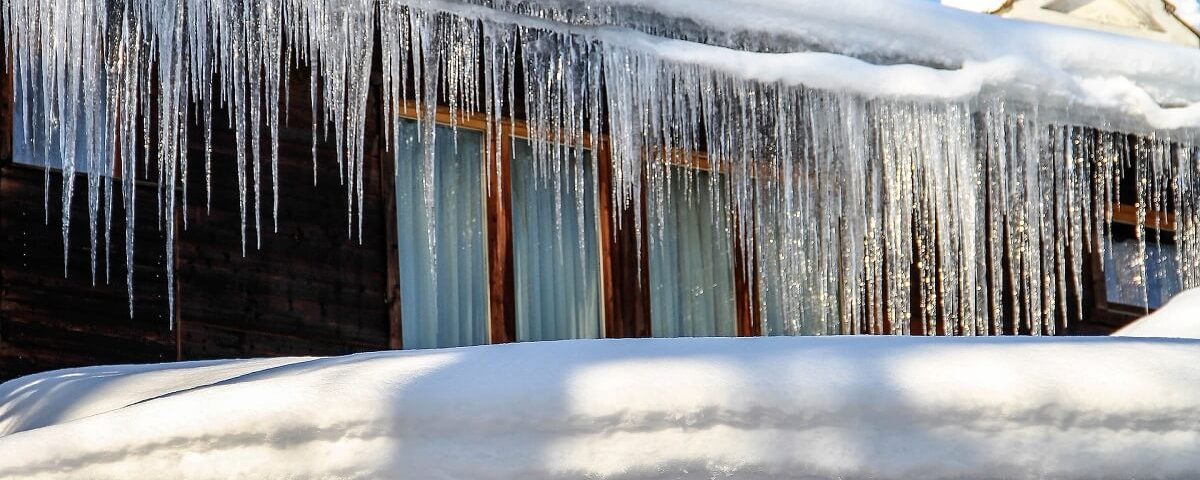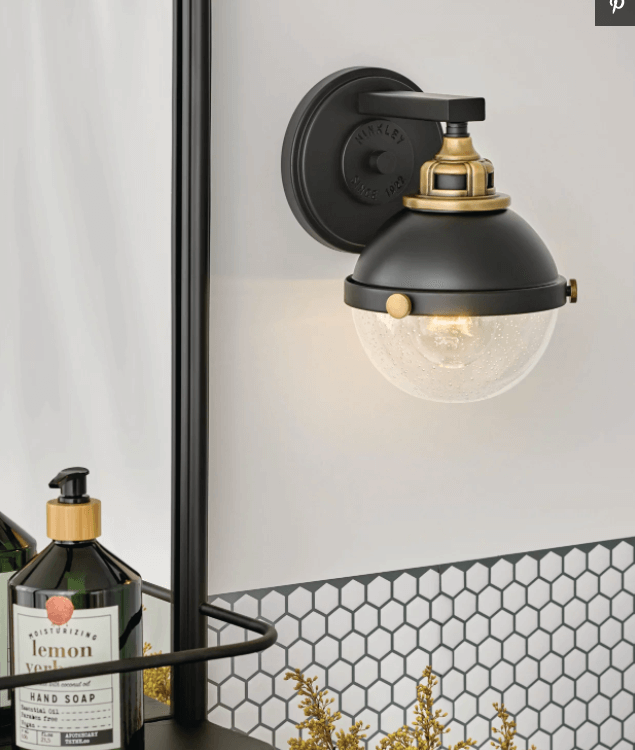- Have any questions?
- 778-522-2225
- advancedrenosolution@gmail.com
8 Ways To Winterize Your Home

Top Renovation Mistakes That You Shouldn’t Touch With a Ten-foot Pole
November 26, 2017
7 Ways to Prepare Your Home for Fall and Winter
December 31, 20178 Ways To Winterize Your Home
Prepare your home for frozen temperatures and winter snowstorms before it’s too late.
Pre-winter maintenance can save your home from havoc by taking the time to winterize. As the months of winter approach, you will be spending more time indoors due to cooler temperatures. The more time spent inside, the more energy you will be using to light your home and stay warm, away from the snow.
The following are eight tips to preparing your home for winter.
1. Dodge drafts
Sealing your home from air leaks and drafts can drastically cut down your use of energy. If you constantly have cold air entering into your home through cracks and crevices from your windows and doors, your furnace will turn on at unnecessary times, ultimately wasting heat and energy. A quick and simple solution to removing unwanted drafts from your home is weatherstripping or caulking around smaller gaps. Weatherstripping comes in multiple types of material, but it can be easily applied and installed to your windows or doors to seal any space. When preparing for the colder seasons, check around your doors and windows for any openings or drafts that you can see or feel.
2. Tune-up technology
If you haven’t already, check the batteries in all of your smoke detectors or any other alarms in your house. Testing batteries and the functionality of all your technology is important to ensure they are working properly in case of any indoor fires. It can be easy to turn up the heat in your home when outdoor temperatures lower, but this will also increase your energy bills. You can always adjust your home’s temperature to your liking while you’re inside, but turning down your thermostat when you leave your home or when you’re sleeping is a quick way to save energy and money.
3. Reverse fans
Ceiling fans in your home that turn counterclockwise produce cool air, but did you know reversing the blades to run clockwise will produce heat? Because heat rises, the clockwise rotation causes an updraft that will send the warm air at the ceiling back to the rest of the room. Instead of turning up your thermostat, reverse your ceiling fans for a little extra warmth in your home.
4. Check furnace filters
When you’re going to start using your furnace full-time it’s important to find a local HVAC professional to perform a maintenance check. Efficient operation of your furnace will be key to heating your home safely. There are a couple of things you can do on your own to properly maintain your furnace, such as checking filters by cleaning or replacing a filter that may be restricting the flow of heated air, along with checking that your air ducts and vents are not obstructed for proper air circulation.
5. Prep pipes
Wrapping your pipes can prevent them from bursting. When water freezes it expands, and if a pipe expands enough it can burst and cause damaging water leaks. For pipes in your home that are in unheated areas, pipe wrap insulation is an easy way to protect your pipes from freezing. There are insulation kits and tape available for those of you who want to DIY, but if you believe your pipes may be damaged or at risk of leaking, contact a plumbing expert for help. Depending on the type of piping your home has there are insulation materials that will best suit each type.
6. Trim back branches
Dying tree branches along the landscape of your home should be trimmed back and pruned during the dormant seasons, such as late fall and winter. This will help minimize sap loss or any other stress on your trees and enable your trees to grow strong and healthy in the spring.
7. Gut your gutters
Your gutters are used as channels for water to travel away from your home. Keeping your gutters clean and clear will make sure debris doesn’t get clogged, which can result in long-term water damage in your home. Removing leaves, sticks, pine needles, acorns, and any other debris before winter will make sure that snow and ice will melt and flow properly through your gutters.
8. Sweep your chimney
Cleaning your chimney is crucial to maintaining a safe fireplace. Highly flammable creosote builds up from naturally burning wood and is responsible for most chimney fires. Hire a professional to inspect your fireplace and clean your chimney before the winter season rolls in. If you want to do a quick inspection on your own you can check the exterior of your chimney to make sure no branches or trees are within 15 feet, all bricks or pieces are intact with no cracks, and that you have a protective screen surrounding your fireplace inside your home.



